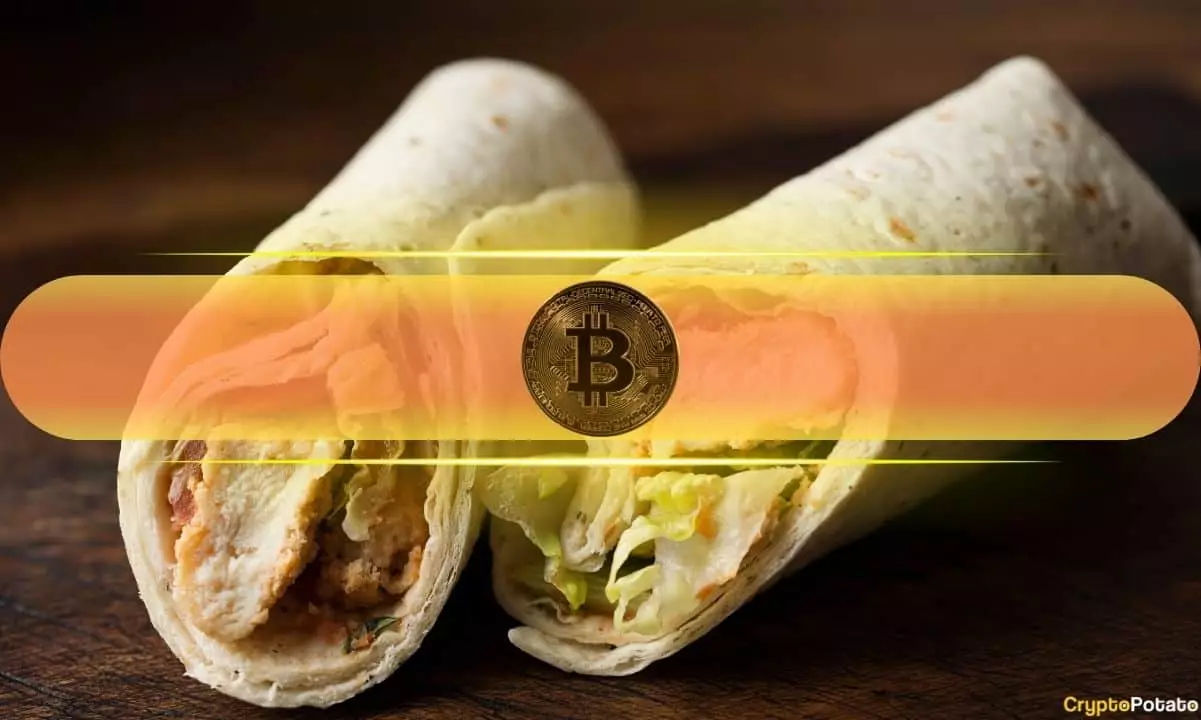Wrapped Bitcoin (WBTC) represents a fascinating evolution in the cryptocurrency landscape, serving as a bridge between Bitcoin and decentralized finance (DeFi). Developed through a collaboration among BitGo, Kyber Network, and Ren, WBTC allows users to utilize Bitcoin on smart contract platforms like Ethereum and Solana at a 1:1 ratio. This innovative solution not only enhances Bitcoin’s usability but also addresses potential liquidity concerns in the DeFi sphere. According to Binance Research’s recent data, WBTC has achieved staggering weekly transaction volumes, with an all-time peak of 123,200 transactions. This robust engagement reflects an increasing interest in tokenized assets as users seek more opportunities for investment and growth within decentralized ecosystems.
Despite its impressive metrics, WBTC has not been free from controversy. In August, reports surfaced regarding a strategic partnership aimed at expanding WBTC operations into areas such as Hong Kong and Singapore, involving notable figures like Justin Sun of TRON. While this partnership intended to enhance WBTC’s infrastructure and custody framework, it sparked significant backlash within the crypto community. Critics voiced their concerns over Sun’s influence, questioning the integrity and decentralization of WBTC’s custodial processes. In response to the mounting pressure from the community, Mike Belshe, CEO of BitGo, took proactive steps to reassure users, emphasizing that the governance mechanisms in place prevent any single figure from exerting unilateral control over funds.
As criticisms mounted and other players entered the market, interest in alternative wrapped Bitcoin solutions surged. A significant competitor is Coinbase’s cbBTC, launched on both Ethereum and Base, which quickly ascended to the position of the third-largest wrapped Bitcoin. This competition might indicate an evolving landscape where users are exploring diverse options for managing their Bitcoin investments. The emergence of cbBTC not only presents potential benefits for users in terms of choice but also adds pressure on WBTC to maintain its market leadership amid rising scrutiny and evolving player dynamics.
Concurrently, the landscape for Ethereum appears to be shifting towards inflationary pressures, potentially complicating the broader DeFi ecosystem. Binance Research has identified a marked increase in Ethereum’s inflation rate, which is currently at levels not witnessed for the past two years. Previous assertions about Ethereum adopting an “ultrasound money” model and its ability to maintain deflationary characteristics seem to be faltering. Following recent upgrades, including Dencun, a decrease in transaction fees led to fewer Ethereum coins being burnt, which has raised concerns about the overall supply and value of ETH.
While WBTC continues to establish itself as a crucial instrument for Bitcoin’s integration into the DeFi space, both its ongoing challenges and Ethereum’s evolving metrics necessitate careful consideration for investors and users alike. The future of wrapped Bitcoin hinges on transparency, user trust, and the competitive landscape, while Ethereum’s path forward may require vigilant monitoring to ensure sustainable economic parameters. As the cryptocurrency market evolves, both WBTC and Ethereum will likely play pivotal roles in defining the next phase of digital currency integration and utility.
















Leave a Reply